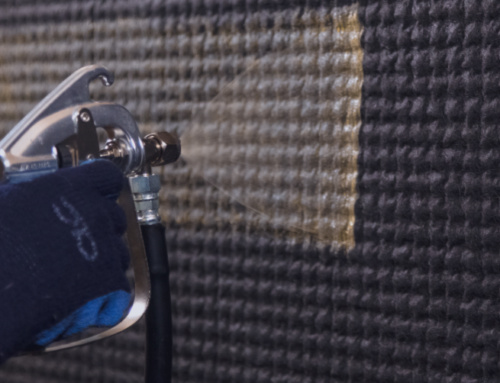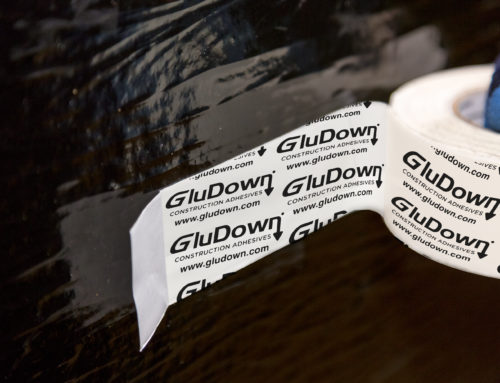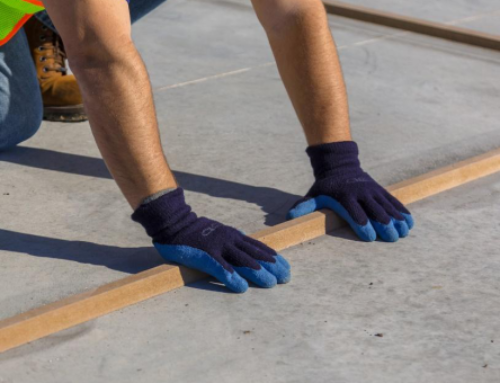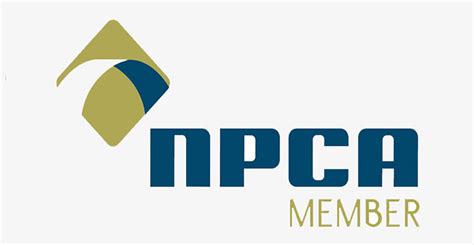OK, so adhesives may not seem like the most sensational subject in the world (although it’s pretty exciting to us). But we invite you to stay glued to your seat for a few minutes for a trip across time and some things you probably didn’t know.
Let’s take a look at the history of one of the most fundamental and useful substances in the world.
Believe it or not, adhesives of one sort or another have been around for 200,000 years! They were used to make tools and weapons as well as preserving cultural heritage. Examples include:
- Ceremonial and decorative items – 6,000 years ago
- Axes and arrow tips – 5,200 years ago
- Creation of papyrus – 3,500 years ago
- Laminate woodwork – 2,500 years ago
As the Greek and Roman empires spread, glue became widespread across Europe. Its use then extended into large building construction with applications such as mosaic floors and tile walls.
For a very long time, between the fall of the Roman Empire and the start of World War I, glue was produced from animal sources. It was used mainly by furniture makers and woodworkers. The war stimulated the development of glues based on other types of natural materials such as milk and nitrocellulose.
Major advances arrived in the 1930s with the advent of modern chemistry that led to discoveries involving plastics, rubber and synthetic resins. It was the beginning of modern industrial adhesives, which was given a major push during World War II. The next big innovation was the introduction of super glues in the late 1950s.
Today, glue is an essential element across almost any field, with worldwide consumption estimated to top $50 billion per year by 2020.
There are several kinds of industrial adhesives: resin, hot melt, contact spray, acrylic, anaerobic, conductive, epoxy and pressure.
In construction, adhesives bond an incredible array of materials and components throughout a project. These applications can include:
- Carpet layment
- Ceramic tile
- Concrete
- Countertop lamination
- Flooring underlayment
- Drywall lamination
- Heating, ventilation, air conditioning
- Joints
- Manufactured housing
- Pre-finished panels
- Resilient flooring
- Roofing
- Tilt-up components
- Wall covering
The key to successful use of adhesives is, of course, selecting the right option for the job at hand. That means making sure to account for factors such as required bond strength, environmental temperature and moisture, application preferences, clean-up considerations, etc.
What’s on the horizon for our centuries-old partner?
We know that glue is now commonly used for everything from airplane construction to cars and appliances. But what about skyscrapers?
Yes. It’s all due to innovations in non-metallic, high-strength composite materials like carbon fiber, fiberglass and other structural plastics. These materials can now be bonded together to create building components. This approach represents a potential revolution in construction.
A challenge at the moment in expanding this practice is overcoming a traditional preference for fasteners like nails and screws that can be clearly seen. Yet today’s architectural and construction adhesives are proven performers that can even surpass the strength of nails and screws. And adhesives have other significant advantages in applications such as tilt-up construction and below-grade structural protection.
Over the course of thousands of years, glue has been one of the most important ingredients in humankind’s advancements. And there’s always more to come!







